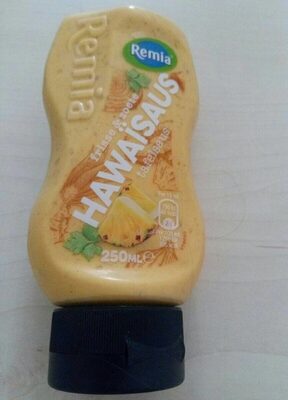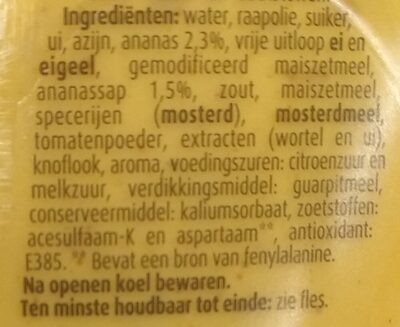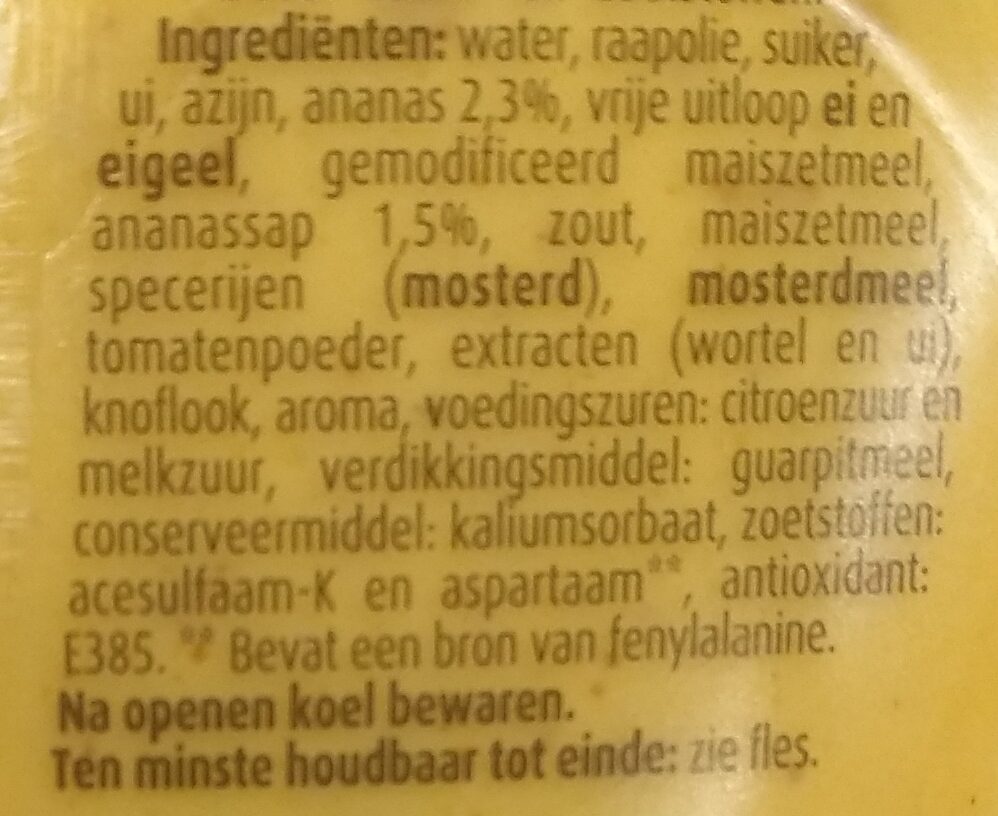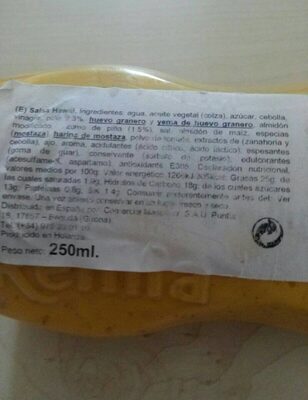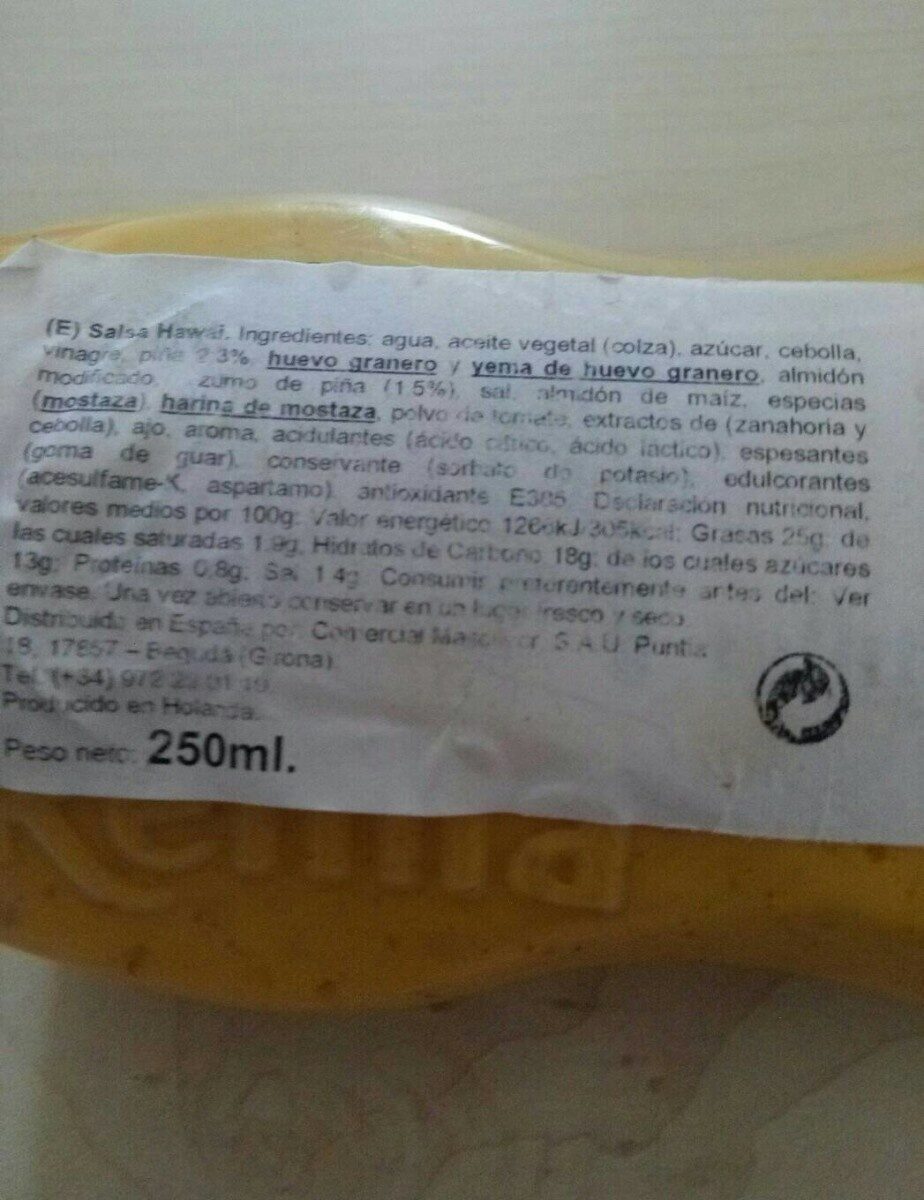Hawaīsaus - Remia - 250 ml
This product page is not complete. You can help to complete it by editing it and adding more data from the photos we have, or by taking more photos using the app for Android or iPhone/iPad. Thank you!
×
Barcode: 8710448632856 (EAN / EAN-13)
Common name: Remia Tafelsaus Hawaï
Quantity: 250 ml
Packaging: Plastic
Brands: Remia
Categories: Condiments, Sauces, Groceries
Labels, certifications, awards:
Green Dot
Link to the product page on the official site of the producer: http://www.remia.nl/producten/tafelsauze...
Stores: Albert Heijn
Countries where sold: Netherlands
Matching with your preferences
Environment
Packaging
Transportation
Report a problem
Data sources
Product added on by sebleouf
Last edit of product page on by kiliweb.
Product page also edited by inf, moniquemeijer62-gmail-com, packbot, roboto-app, spotter, yuka.R2E0SkxJRTZndVJhc2Mwc29TUFczdHg4N0tMeldtNlZkUGN3SVE9PQ, yuka.sY2b0xO6T85zoF3NwEKvlhUaUMfSjDj4Kh7RnEmB3oaXcZf1eutq_bbjOKs.
